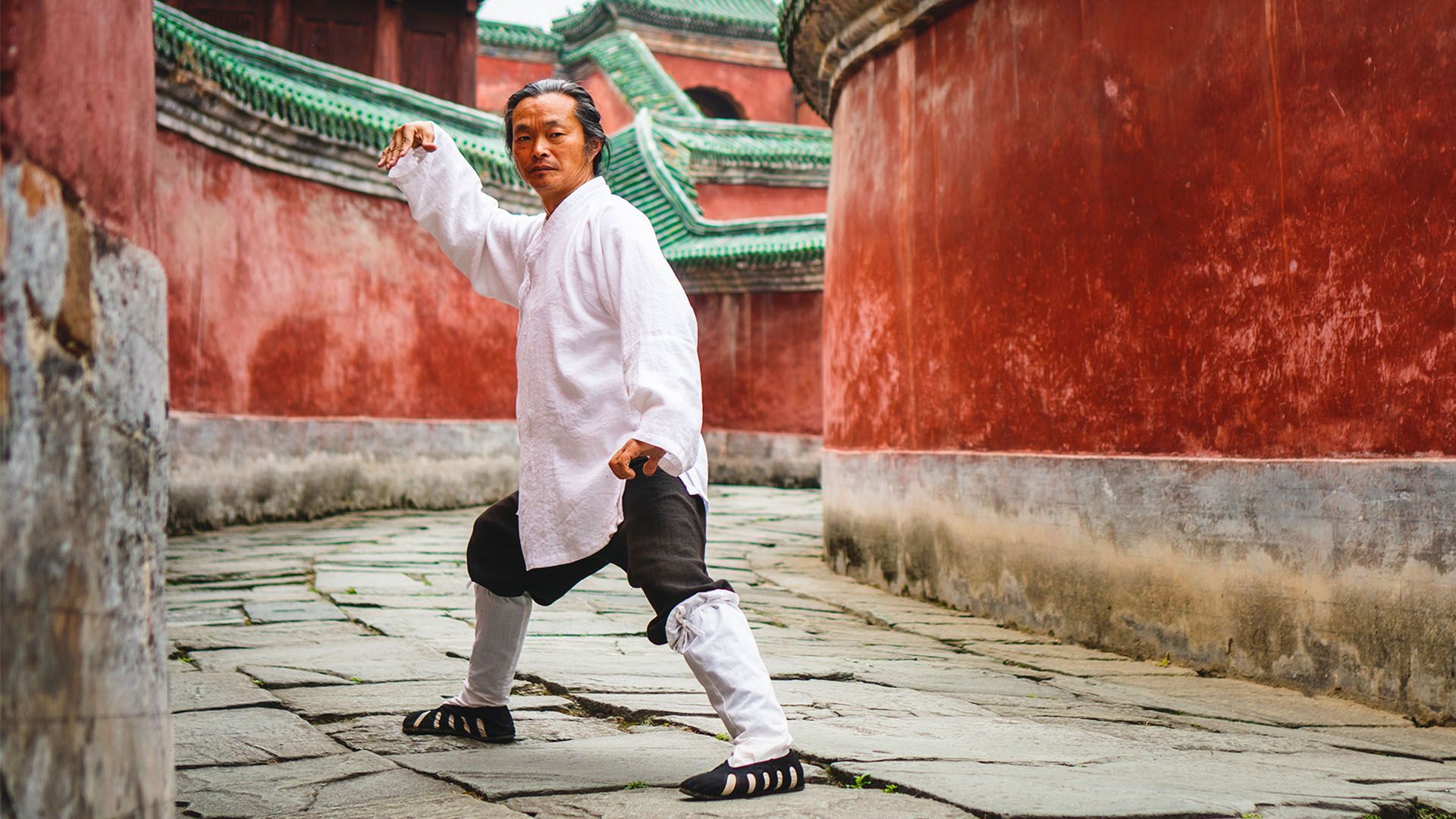Taekwondo vs Karate: What are the Major Differences
Mar 27, 2024
Ever thought about the differences between Taekwondo and Karate? Both martial arts have ancient roots, with Karate originating in Japan and Taekwondo in Korea. While both are forms of self-defense, they differ in techniques and philosophies. This article provides an overview of Taekwondo vs Karate, and the major differences between these two martial arts.
Get into our comprehensive guide to understand their unique characteristics and make an informed decision about which one suits you best.
Table of Contents
Importance of Understanding The Differences
Taekwondo vs Karate, understanding the differences between is crucial for martial arts enthusiasts. Taekwondo, a Korean martial art, emphasizes kicking techniques and agility. In contrast, Karate, originating from the island of Okinawa in Japan, focuses on hand techniques and punches.
Recognizing these differences helps in choosing the martial arts style that aligns with your goals. Whether it's self-defense, physical fitness, or pursuing a black belt, grasping the distinct principles of each art is key.
History and Origin
The history and origin of Taekwondo and Karate are rich and diverse. Karate originated over 500 years ago on the island of Okinawa, Japan, blending indigenous fighting styles with Chinese martial arts.
Taekwondo, a relatively younger martial art, emerged in Korea post World War II, integrating elements from traditional Korean martial arts and Kung Fu.
Both martial arts have evolved significantly, with Karate focusing on hand techniques and Taekwondo known for its dynamic kicking techniques. Understanding their historical backgrounds provides insight into their unique characteristics and philosophies.
Taekwondo vs Karate: Techniques and Styles
Karate:
Karate, originating from the island of Okinawa, Japan, emphasizes hand techniques and punches. It is a martial art that focuses on self-defense, employing both kicks and punches.
Karate practitioners, known for their discipline, aim for precision and power in their techniques.
The style is characterized by its kata, a series of movements and postures.
Achieving a black belt in Karate symbolizes mastery and dedication.
Also Read: Karate Belt Order: A Complete Guide
Taekwondo:
Taekwondo, a Korean martial art, is renowned for its dynamic kicking techniques. It has been practiced for over 500 years and is a key component of World Taekwondo competitions.
Taekwondo sparring showcases agility and strategy, with an emphasis on speed and accuracy.
The martial arts style also includes punches and hand techniques, but the focus remains on powerful kicks.
Taekwondo classes foster discipline and self-defense skills, culminating in the achievement of a black belt.
Differences between Karate and Taekwondo
1. Origin and Development:
Karate is a Japanese martial art established through influences from Chinese martial arts, notably after the Japan Karate Association was formed in 1949. Taekwondo originated in Korea, with ancient roots that have evolved into a globally recognized sport governed by the World Taekwondo Federation.
2. Techniques and Focus:
Karate emphasizes hand techniques, such as punches, knee and elbow strikes, and blocks. In contrast, Taekwondo focuses more on fast and high spin kicks, making it distinct in its approach.
3. Forms and Patterns:
In Karate, practitioners perform Kata, which are pre-arranged forms demonstrating various techniques. Taekwondo has Poomsae, which are similar patterned movements, but with a greater emphasis on kicks.
4. Competition and Sparring:
Karate competitions involve Kumite, where opponents engage in controlled combat. Taekwondo sparring involves more dynamic movements, with points awarded for accuracy and power in executing kicks.
5. Philosophy and Approach:
Karate is known for its emphasis on self-discipline and self-defense, often summarized by the term "Karate-Do" or "the way of Karate". Taekwondo, meaning "the way of foot and fist", places a significant focus on physical fitness and mental discipline.
6. Ranking System:
Both martial arts have a belt ranking system, but the colors and progression can vary. Karate typically uses a system that starts with white and progresses through colors to black. Taekwondo also starts with white but includes different colored belts, with black being the highest rank.
7. Styles and Variations:
Karate has various styles, such as Shotokan, Goju-Ryu, and Wado-Ryu, each with its own techniques and philosophies. Taekwondo mainly has two styles, WTF (World Taekwondo Federation) and ITF (International Taekwondo Federation), which differ in sparring rules and patterns.
8. Global Recognition:
Both martial arts have achieved significant global recognition. Karate is governed by the World Karate Federation, which provides universal guidelines and oversees international competitions. Taekwondo is an Olympic sport, with the World Taekwondo Federation overseeing its global competitions and standards.
Similarities Between Taekwondo And Karate
- Both are Recognized Martial Art Forms: Taekwondo and Karate are established martial art forms, each with a rich history and global recognition. Karate is a Japanese martial art, while Taekwondo originated in Korea. Both martial arts have been influenced by Chinese martial arts and have evolved into modern forms known worldwide.
- Emphasis on Discipline and Respect: Both Taekwondo and Karate practitioners adhere to strict codes of discipline and respect. These principles are fundamental in martial arts schools and are essential for personal development in both disciplines.
- Structured Training and Belt Systems: Both martial arts have structured training programs and use belt systems to indicate a practitioner's skill level. Karate training and Taekwondo training involve progressing through various belt colors, with the black belt being the highest.
- Incorporation of Forms and Techniques: Taekwondo and Karate both include forms and techniques that practitioners must master. In Taekwondo, these are known as poomsae, while in Karate, they are called kata. These forms help students practice and perfect their techniques, which include kicks, punches, and strikes.
- Competitive Aspect: Both martial arts have a competitive side, with Karate competition and Taekwondo sparring being popular aspects of each discipline. The World Karate Federation and the World Taekwondo Federation provide universal guidelines for competitions, ensuring fairness and sportsmanship in martial arts events.
Conclusion
Taekwondo vs Karate, both offer a distinct approach to martial arts, each with its own techniques, philosophies, and benefits. Whether you prefer the high kicks of Taekwondo or the precise strikes of Karate, both martial arts provide valuable self-defense skills and promote physical and mental well-being. Which martial art resonates more with your personal goals and interests?
FAQs
1. How long does it take to get a black belt in Taekwondo or Karate?
The journey to a black belt varies for each individual. It depends on the frequency of training, personal progress, and the specific requirements of the martial arts school. It is recommended to focus on the learning process rather than the time it takes to achieve a black belt.
2. What are the benefits of practicing Taekwondo or Karate?
Practicing Taekwondo or Karate can improve physical fitness, mental discipline, self-confidence, and self-defense skills. It can also reduce stress and help with overall well-being.
3. Do I need any special equipment to start Taekwondo or Karate?
Initially, you will need comfortable clothing suitable for physical activity. As you progress, you may need a uniform (dobok for Taekwondo, gi for Karate) and protective gear for sparring sessions.
4. Are there competitions in Taekwondo and Karate?
Yes, both Taekwondo and Karate have competitive aspects. Competitions can range from local tournaments to international championships.
5. How do I choose between Taekwondo and Karate?
Consider your personal interests, fitness goals, and preferred fighting style. It's a good idea to visit local martial arts schools, observe classes, and even try a few introductory sessions before making a decision.







